Rasha Kashef
Exploring the Use of Data-Driven Approaches for Anomaly Detection in the Internet of Things Environment
Dec 31, 2022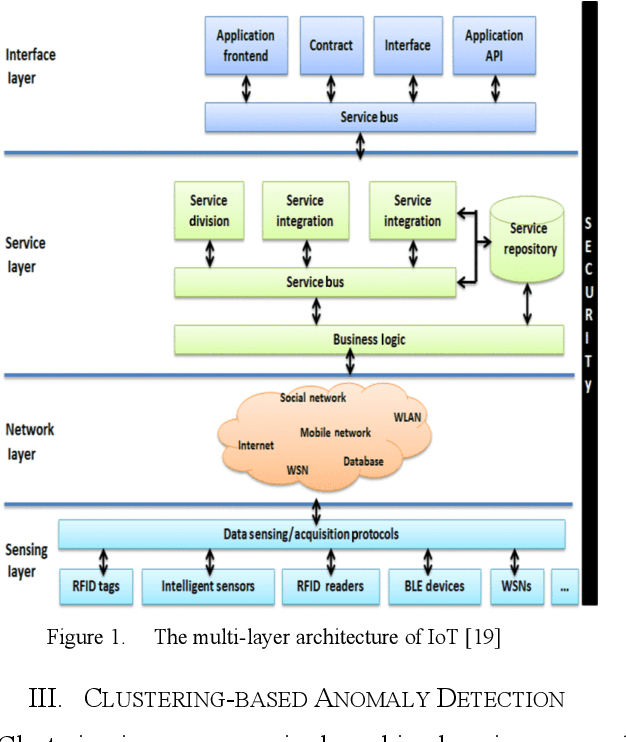
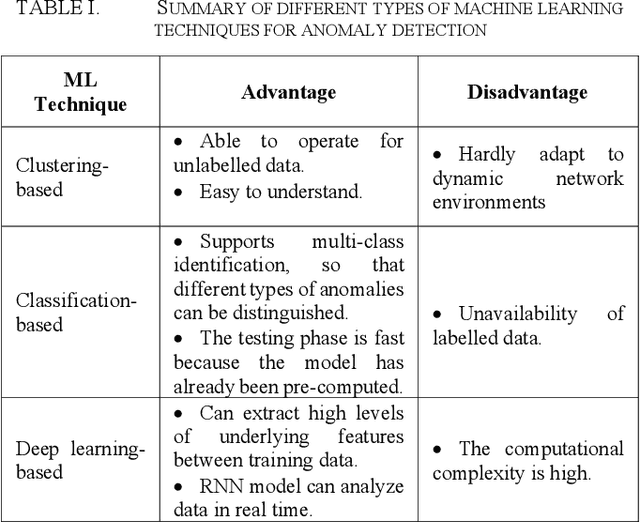
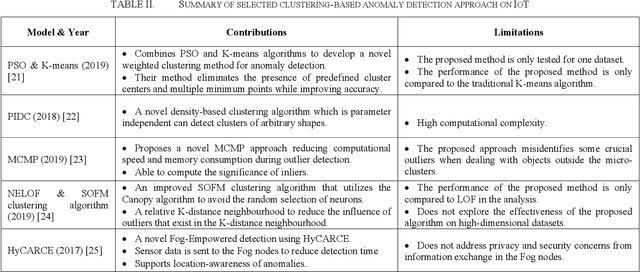
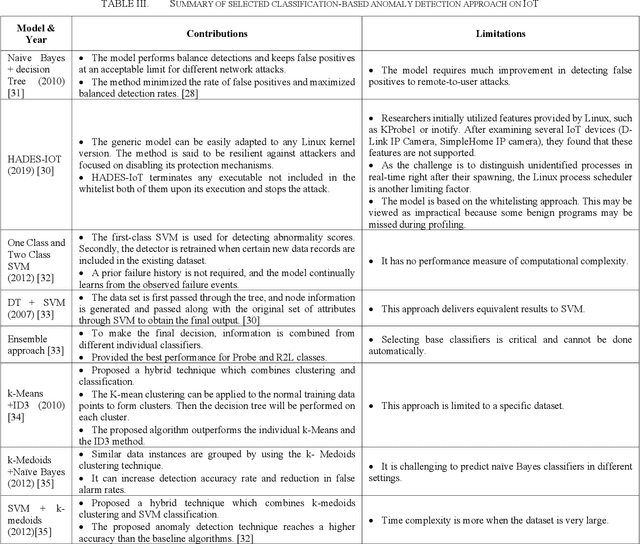
Abstract:The Internet of Things (IoT) is a system that connects physical computing devices, sensors, software, and other technologies. Data can be collected, transferred, and exchanged with other devices over the network without requiring human interactions. One challenge the development of IoT faces is the existence of anomaly data in the network. Therefore, research on anomaly detection in the IoT environment has become popular and necessary in recent years. This survey provides an overview to understand the current progress of the different anomaly detection algorithms and how they can be applied in the context of the Internet of Things. In this survey, we categorize the widely used anomaly detection machine learning and deep learning techniques in IoT into three types: clustering-based, classification-based, and deep learning based. For each category, we introduce some state-of-the-art anomaly detection methods and evaluate the advantages and limitations of each technique.
Short-term Prediction of Household Electricity Consumption Using Customized LSTM and GRU Models
Dec 16, 2022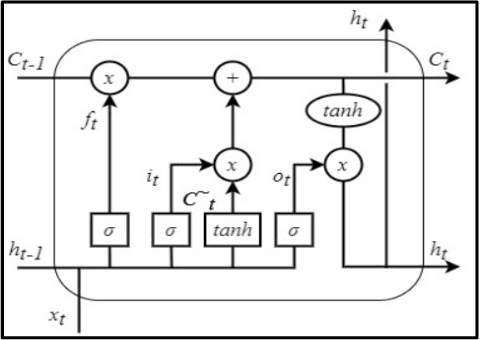


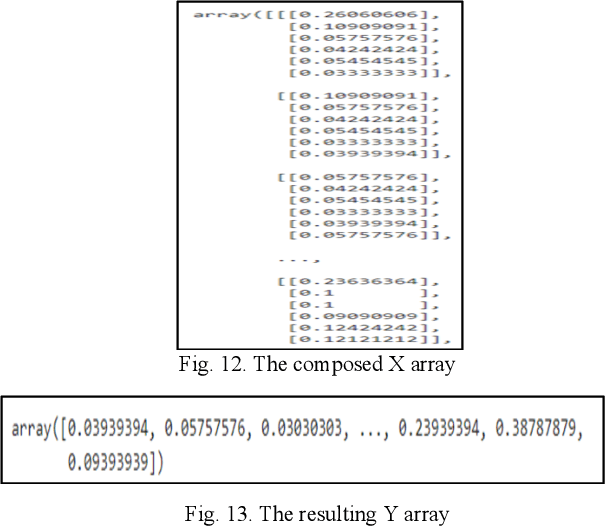
Abstract:With the evolution of power systems as it is becoming more intelligent and interactive system while increasing in flexibility with a larger penetration of renewable energy sources, demand prediction on a short-term resolution will inevitably become more and more crucial in designing and managing the future grid, especially when it comes to an individual household level. Projecting the demand for electricity for a single energy user, as opposed to the aggregated power consumption of residential load on a wide scale, is difficult because of a considerable number of volatile and uncertain factors. This paper proposes a customized GRU (Gated Recurrent Unit) and Long Short-Term Memory (LSTM) architecture to address this challenging problem. LSTM and GRU are comparatively newer and among the most well-adopted deep learning approaches. The electricity consumption datasets were obtained from individual household smart meters. The comparison shows that the LSTM model performs better for home-level forecasting than alternative prediction techniques-GRU in this case. To compare the NN-based models with contrast to the conventional statistical technique-based model, ARIMA based model was also developed and benchmarked with LSTM and GRU model outcomes in this study to show the performance of the proposed model on the collected time series data.
 Add to Chrome
Add to Chrome Add to Firefox
Add to Firefox Add to Edge
Add to Edge